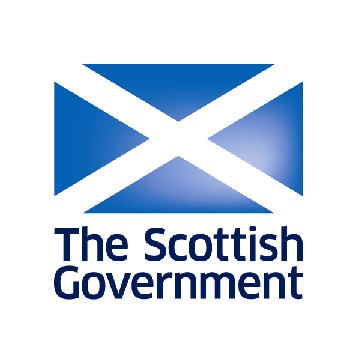The current valuation rolls in Scotland came into force on 1 April 2017, based on property values two years prior to that date, at 1 April 2015 and were originally to remain in force for five years to 2022, In March 2020 the Non‑Domestic Rates (Scotland) Act 2020 received Royal Assent, enabling a change to rating revaluations every three years after 2022, rather than every five years.
The latest Scottish Government Programme states that “the next non‑domestic rates revaluation in Scotland will take effect in 2023, the same year as in England and Wales, but will be based on rental values as at 1 April 2022, and not 1 April 2020. This will mean that properties’ rateable values will better reflect true market conditions, taking into account any COVID-19 effects, and delivers our commitment to move to revaluations with a one‑year tone date two years ahead of schedule”.
The Scottish Government is to be congratulated on understanding the need for rateable values to be as up to date as possible, and the Assessors 9who carry out the revaluation in Scotland) are to be congratulated on recognising that this means a move from the current two-year antecedent valuation date (or “tone date” in Scotland) to a one-year date. Having grasped the need for such changes, ratepayers will be very disappointed to find that the Scottish Government is not undertaking a revaluation in 2022, based on values in 2021, which would better, and sooner, reflect values in the “post-COVID2 world.
The effect of the Scottish Government’s announcement is that current valuation rolls in Scotland will remain in force until 2023. Many ratepayers are benefitting from a 100% rate holiday for the current year as we have reported in these News pages. As matters now stand, these properties will revert to full liability from 1 April 2021, based on current rateable values, and those values will remain in force until 2023.
The Scottish Government announcement also says that “The Government is also committed to the Barclay Review’s recommendation to move to three-yearly revaluations. This will be delivered through the Non-Domestic Rates (Scotland) Act 2020, which amends the Local Government (Scotland) Act 1975. The next revaluation after 1 April 2023 will therefore be statutorily scheduled for 1 April 2026 (with a tone date of 1 April 2025). The one-year tone date will be introduced in an Order which is scheduled to be laid in Parliament on 15 September, and to come into force on 29 September 2020 to this effect’
Ratepayers will be disappointed that, having ostensibly grasped the need for more frequent, and more rapid, revaluations, the Scottish Government has not delivered upon that and has, instead, chosen to defer its next revaluation by a year. The suggestion that doing this will mean that the new levels of value will “better reflect true market conditions” may leave ratepayers wondering whether Scottish Government is hoping for a recovery in property values, and hence in its tax base, between 2021 and 2022.
In the meantime, as ratepayers will be faced with the end of the current rates holiday on 1 April 2021, and with no new values in place until 2023, they are likely to focus even more on either, or both, of an extension to the rates holiday, and appeals against current rateable values to reflect the effects of the pandemic.
A preferable course of action in Scotland, and for that matter in both England and Wales, would have been to carry out the revaluation as originally planned in 2022, but to base it on values at 1 April 2021. This would ensure that property values reflected the effects of recent changes, and that those values were introduced as soon as possible. It is disappointing that the Scottish Government programme did not adopt such an approach.

